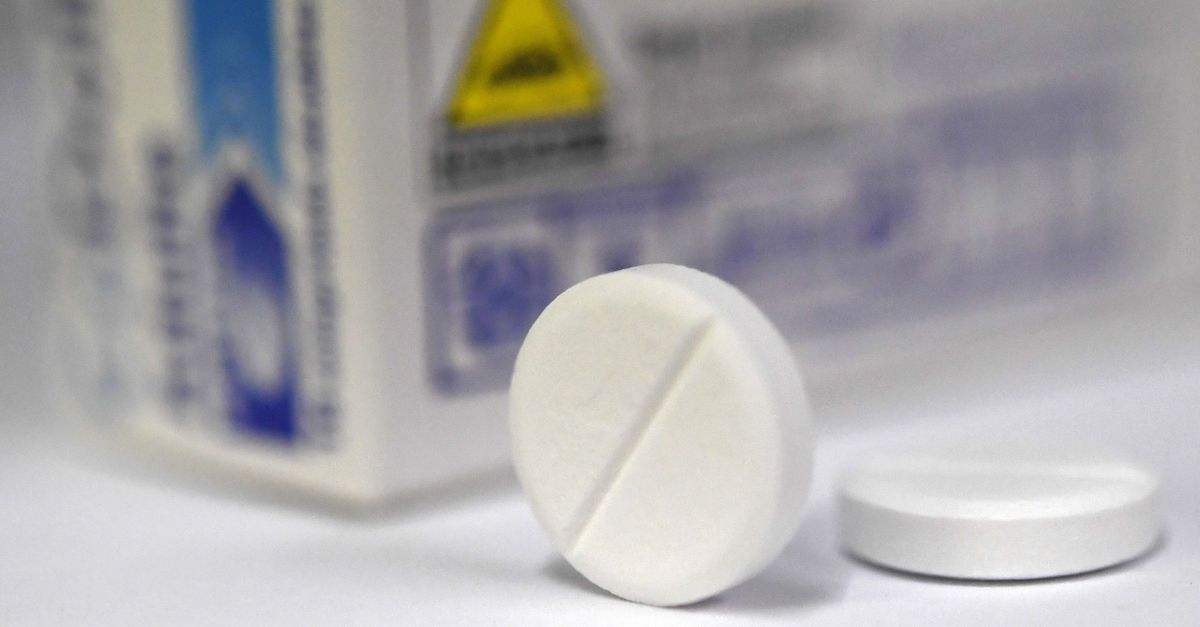
A federal court in Ohio released a litany of documents regarding the United States’s opioid epidemic on Wednesday. More specifically, the data deals with the role played by pharmacies and drug companies in profiting off of prescription opioid sales.
The publication of these statistics, collected by the Drug Enforcement Administration (DEA), comes after several pharmaceutical firms, including Purdue Pharma, fought to keep them sealed. The data, which was originally sealed 18 years ago, may contain evidence that companies engaged in advertising practices designed to get people hooked on opioids.
The database covers a period from 2006-2012 when opioid prescriptions hit 282 million per year and over $8 billion per year in sales. More recent data would have been included, but the DEA was concerned that releasing it could damage ongoing investigations.
Now, Dan Polster, a judge for the U.S. District Court for the Northern District of Ohio, overseeing an estimated 2,000 civil cases from all across the country against various pharmaceutical companies in a multi-district litigation including more than 1,200 local governments. Also named in the suit are pharmacy chains such as CVS and Walgreens for their role in distributing the medication.
Polster ordered the release of this data following a year-long legal battle waged by The Washington Post and the Charleston Gazette-Mail regarding the information.
According to the data, deliveries of hydrocodone and oxycodone jumped up by more than 50 percent in the years covered by the database, with 12.6 billion pills being sold in 2012 alone. This was around the time the Center for Disease Control declared the opioid crisis a public health emergency. According to the data, nine out of 10 pills were manufactured three pharmaceutical companies, Mallinckrodt, Endo, and Actavis, and their subsidiaries.
Mallinckrodt sold approximately 29 billion pills in the six years outlined by the data, holding about 38 percent of the US Market. Actavis sold a similar amount, while Endo sold about 11 billion tablets. The fourth largest manufacturer, at 3 percent of pills sold, was Purdue Pharmaceuticals.
Purdue, however, has been singled out for being heavily involved in changing the cultural perceptions of pain treatment. Pill counts are also not necessarily an indicator of a company’s degree of culpability. Purdue, sold OxyContin, one of the most popular (and strongest) opioid pills on the market. By value, Purdue controlled about one-third of the market at its peak in 2010.
All four of these companies are on the receiving end of multiple lawsuits accusing them of driving up opioid sales and making false claims about the safety of the pills.
For their part, opioid manufacturers have denied all allegations and are attempting to foist the blame onto doctors who overprescribe their drugs. That said, Purdue was previously hit with a $600 million fine over its marketing of opioids. In March, the company paid $270 million to settle a civil suit by the state of Oklahoma. Two years ago, Mallinckrodt was also forced to pay $35 million settlement to the Justice Department over its opioid deliveries.
“I don’t think America truly understands the scope and depth, the level of penetration these pills had in their communities,” says Paul Farrell, one of the leading attorneys suing the Big Pharma. “It’s going to be an awakening.”
Farrell has a huge amount of faith in the data that’s been released, saying, calling “the steady flow of pills” a “tsunami.”
“In my hometown of Huntington, W.Va., there are 24 CVS pharmacies within 40 miles of my house. From those 24 pharmacies, you’ll be able to see that 80 million pills were distributed,” he added.
According to NPR, the population of that region is roughly 100,000 people.
More than 200,000 people have died of overdose since the opioid epidemic began in the 1990s according to the CDC. As of now, most of the defendants have denied any wrongdoing.
[Photo credit via FRED TANNEAU/AFP/Getty Images]